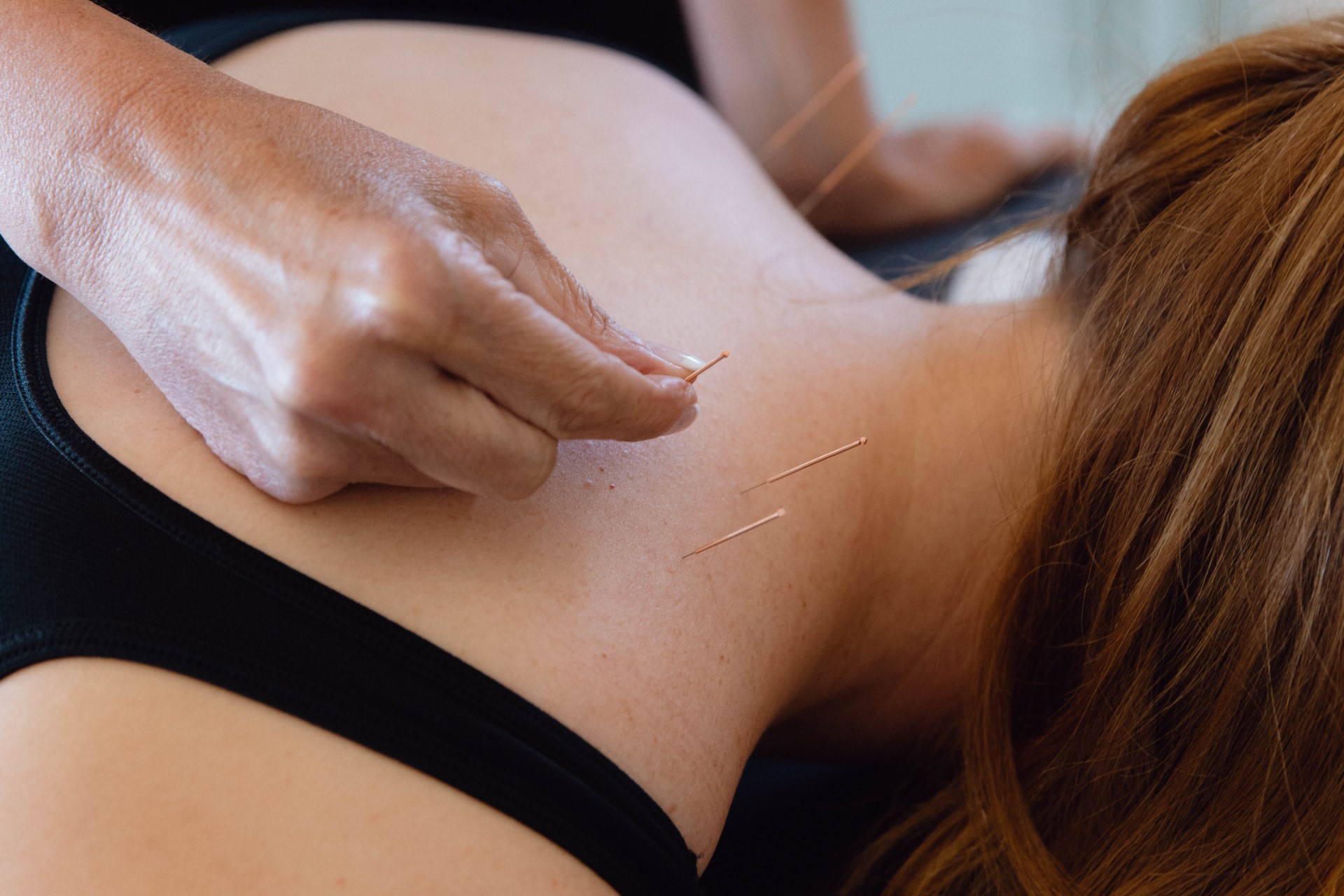Dry Needling (Western Acupuncture) at Twin Rivers Osteopathy

Dry needling or also known as Western Acupuncture is a reinterpretation of Traditional Chinese Acupuncture using modern knowledge of anatomy and physiology. Dry needling can be used to manage chronically painful conditions to speed up a patients recovery from injuries to muscles, tendons or ligaments.
There are two distinct type of dry needling, the first being “trigger point technique”. This is when a needle is inserted to a tight or tendon point or “knot” in a muscle to alleviate pain.
The second works on a process called “neuromodulation”. This is where needles are inserted to a muscle or area that is particularly sensitive to pain in chronic conditions. This method works by changing the way the brain and central nervous system interprets pain signals from the affected tissues, with a natural analgesic effect.
If it is considered suitable by your practitioner, dry needling may be used as a part of your Osteopathic treatment, or as a stand-alone treatment option.
What happens during a typical treatment?
Needling or pulsing of a myofascial trigger point will elicit a local twitch response(TLR), which is an involuntary spinal cord reflex in with the muscle fibres in the taut band of muscle contract. The LTR indicates the proper placement of the needle in a trigger point. Needling that elicits LTRs improve treatment outcomes, and may work by activating endogenous opioids, increase local blood flow allowing for the removal of metabolic waste and reducing muscular hypertonicity.
Overall, dry needling is very safe. We at Twin Rivers Osteopathy find its usefulness endless and we suggest that if you have never had acupuncture / dry needling then give us a call to book in for a treatment. We can incorporate this into an Osteopathic treatment or stand-alone treatment.
We are ready when you are
Twin Rivers Osteopathy offers a wide range of Osteopathic services & treatments covering back pain, neck pain, shoulder pain, knee pain, headaches, upper back pain, sports injuries, work-related injuries and ergonomic assessment.
